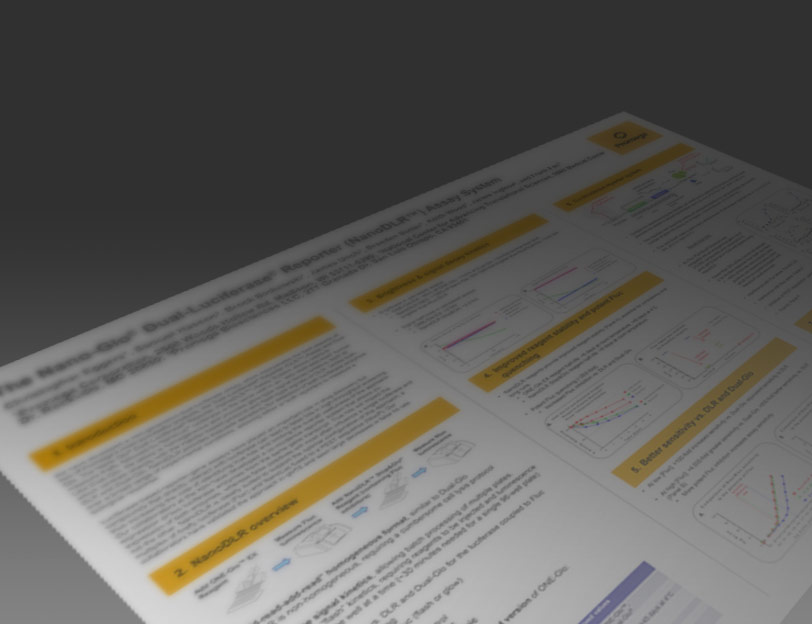Protein Interactions
Protein Interactions Product Groups
Live-Cell Protein Interactions
BRET and complementation reporter methods for detection of protein interactions close to endogenous expression levels.
Protein:DNA Interactions
Products to capture and assess the interaction of transcription factors and other proteins with DNA.
Pull-Down and Two-Hybrid Systems
Resin- and magnetic-based systems for isolating GST or HaloTag fusion proteins.
Lumit® Anti-Tag PPI Reagents
Homogeneous assay to measure protein-protein or protein-small molecule interactions involving tagged proteins.
Top Protein Interactions Products for Your Lab
HaloTag® Mammalian Pull-Down Systems
These systems enable rapid capture of simple or complex protein pairs directly from lysates and allow you to go from pull-downs to imaging studies using same construct.
G6509, G6500, G6504, G6591
NanoBiT® PPI Starter Systems
Complementation reporter for detection of protein interactions in live cells.
N2014, N2015, N2016
NanoBRET® PPI Starter Systems
Live-cell protein:protein interaction assay. Includes vectors, controls and detection reagent for BRET-based PPI.
N1811, N1821



